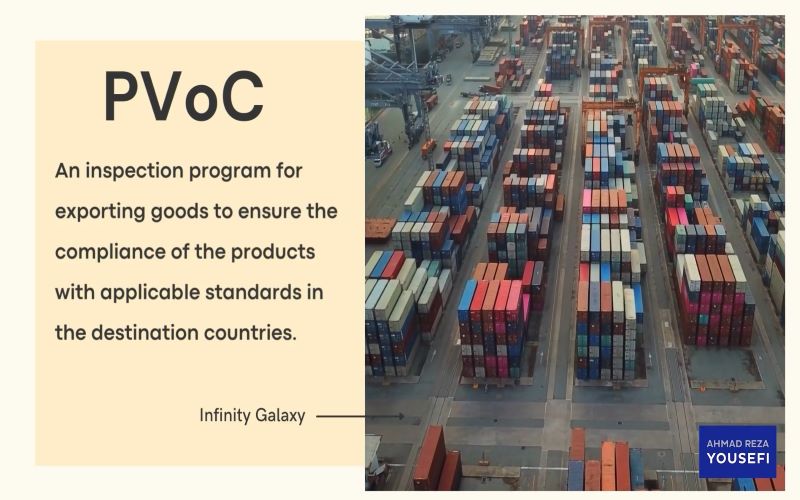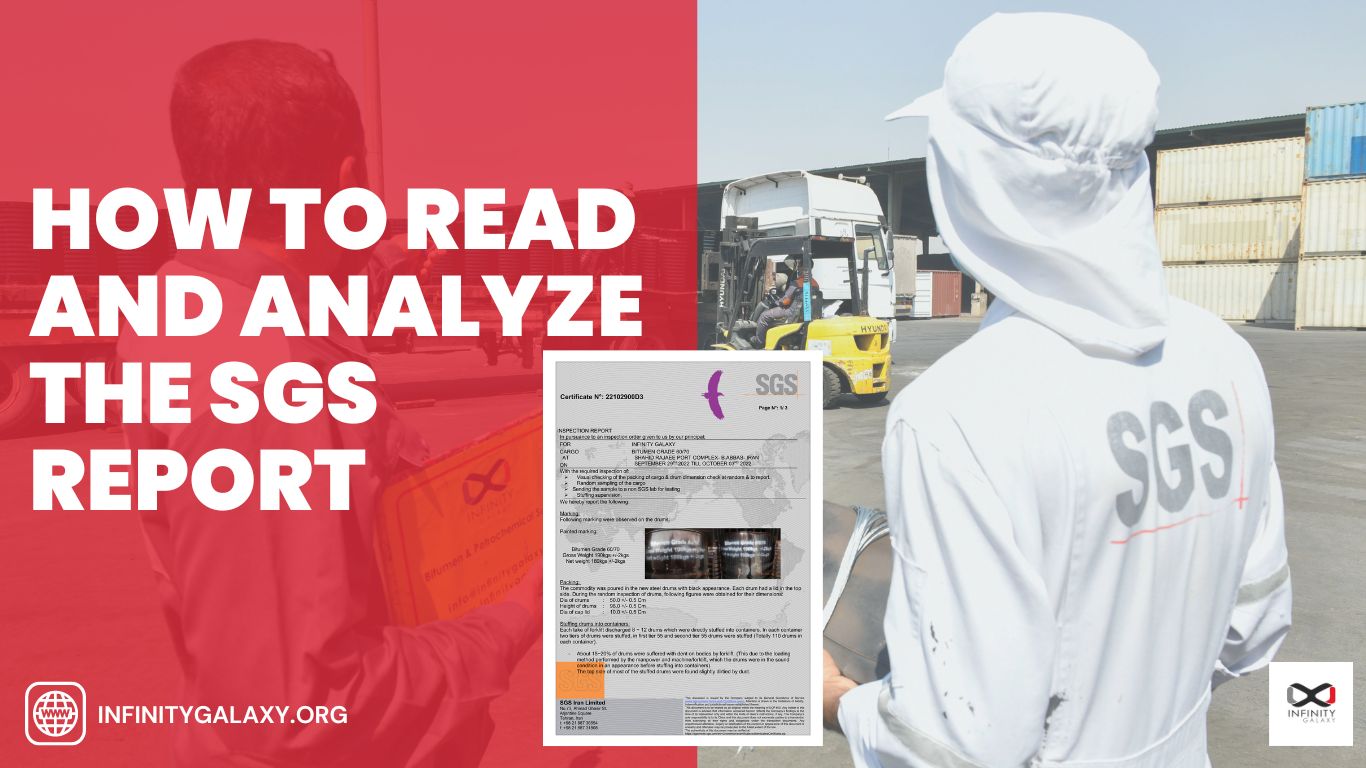Pre-Export Verification of Conformity (PVoC)
The PVoC program is an inspection for exporting goods to ensure the compliance of the products with applicable standards in the destination countries. The inspection is carried out in the origin for destinations such as Kenya, Cameroon, and Tanzania.
Some benefits of PVoC include:
- Simplifying the clearance of goods at the destination customs
- Avert containers depot
- Preventing the entry of unsafe, sub-standard and/or counterfeit goods
- Supporting domestic production
- Guarantees Money since the product is inspected before
The PVoC program is carried out by international inspection companies such as SGS, Bureau Veritas, and Intertek.
The Inspection company that reviews the PVoC project will be elected in an international tender. The winner should check the goods and issue a CoC certificate or Certificate of Conformity in the form of a PVoC program within the specified time frame.
Currently, Kenya, Uganda, Tanzania, Ivory Coast, Morocco, Egypt, Saudi Arabia, South Sudan, Ethiopia and several other countries are under the supervision of SGS.
Necessary inspections to issue the CoC are carried out in the exporting country. The inspection company is the customs representative of the destination country for qualitative and quantitative aspects of goods.
Therefore, the inspection companies, participating in the PVoC program, should fully and accurately implement the requirements of the program as was agreed at the tender.
If the exporter neglects to get a CoC in the origin for the cargoes that are headed to a country involved in PVoC, he will be fined 10%-15% of the CFR value of the goods, in addition to the local CoC costs. This penalty is approximately 15 to 20 times the cost of receiving CoC at the origin.
There are two types of costs for the exporter when receiving PVoC and CoC:
- International contract fees are charged in dollars worldwide.
- Local costs of examining and monitoring loading and goods that are calculated in the domestic currency of origin.
The most important guidelines that participant countries of PVoC pay attention to are:
- Product Marking based on the standard of the destination
- Product quality requirements are usually based on national standard or international product standards. In the absence of national or international regulation, the manufacturer’s technical specifications will be announced to the PVoC inspection company.
- The qualitative and quantitative requirements must be announced to the exporter in advance to know production targets.
There are five stages to be passed for obtaining the PVoC:
- Importer should fill out related forms of destination customs, then inform the exporter and the inspection company.
- The inspection company will declare the required standards and specifications to the exporter.
- Respective inspector starts sampling and analyzing goods and monitors the loading process and markings.
- The local representative issues the inspection and analysis report and announces the results to the international certification center
- The international certification center reviews results, then issues a CoC certificate or certificate of compliance of the product if it complies with the standards
After this procedure, the goods will be ready to be loaded and exported to the destination country with no troubles.







